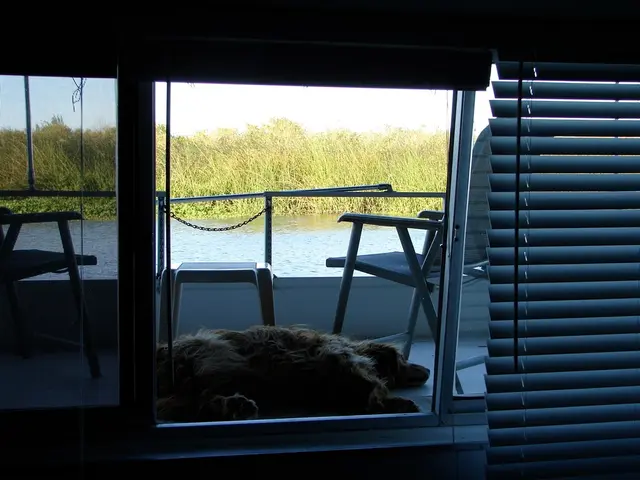Cats and Fleas: An Overview of Infestation Origins
Indoor Cats and Fleas: A Hidden Danger
Many pet owners assume that fleas are exclusively a canine concern, but this common misconception can lead to an unnoticed infestation in feline companions. Even indoor cats are at risk, making it essential for cat owners to understand how these pesky parasites can invade their homes.
Fleas are jumped, not flown, onto a cat's body. With an average jumping distance of 8 inches, these miniature creatures can easily land on your cat, even if it rarely or never ventures outside. Identifying the primary sources of flea infestations can help prevent an unpleasant situation.
Sources of Fleas for Indoor Cats
From your four-legged friends to your shoes, various factors can contribute to an unwelcome fleet of fleas:
- Other Pets: Fleas can migrate from other pets, especially dogs, that go outside and then come inside your home. A simple jump can transfer fleas from one host to another, potentially leading to an infestation in your indoor cat.
- Human Contact: People may unknowingly bring flea eggs or larvae into the home on their clothes or shoes after being outdoors or visiting environments where fleas are prevalent.
- Furniture and Items: Fleas or their eggs can be found on used furniture, carpets, or other items that have come into contact with infested animals.
- Neighboring Pets: If neighboring pets with fleas are near, there is a risk of fleas entering your home through open windows or doors.
- Potted Plants: Bringing potted plants inside your home can introduce fleas into your indoor environment, especially if the plants have been outdoors and have fleas or flea eggs on them.
Once fleas enter your home, they can thrive in warm environments like carpets and bedding, completing their life cycle and potentially infesting your indoor cat.
The Flea Life Cycle and Prevention
Understanding the flea life cycle helps cat owners take proactive steps to protect their pets. A female flea can lay up to 40 to 50 eggs per day, which hatch after about 12 days as flea larvae. The larvae mature into pupae, which can lie dormant for months or even years before emerging as adult fleas when a suitable host is nearby.
To tell if a cat has fleas, look for signs of excessive grooming, patches of hair loss, and itching or scratching, as well as red, scabbed skin from scratching. Fleas also leave behind rust-colored flea droppings in your cat's fur or on surfaces where they spend time, such as their bed or a cat tree.
combating Fleas on Cats
Eliminating fleas from your cat requires a comprehensive approach that includes treating all pets in the household simultaneously, as well as addressing flea sources inside and outside your home. There are several treatment options available:
- Shampoos: While fast-acting and effective at killing adult fleas on contact, they do not provide long-term flea control.
- Spot-on treatments and oral tablets: These options break the flea life cycle and offer long-term flea control, lasting several months. Some contain an adulticide, while others include an insect growth regulator (IGR) to prevent fleas from maturing into adults.
- Natural remedies: These remedies often contain essential oils and have become popular recently, but they are generally less effective than insecticide-containing treatments and can be toxic to cats if not used properly.
- Flea comb: For kittens younger than 8 to 10 weeks old and weighing less than 1.5 to 2 pounds, a flea comb is the safest option. After combing through your kitten's fur, immediately dip the comb in a bowl of soapy water to kill the fleas.
Keeping Your Home Flea-Free
Preventing fleas requires researching the best treatments for your cat and maintaining a clean environment inside and outside your home. Regularly vacuuming, washing your cat's bedding and soft furniture, and treating your home and lawn for fleas can help eliminate these unwelcome guests.
Remember, prevention is essential to protect your indoor cat from a flea infestation. A year-round flea preventative for your cat and all household pets is the best approach to maintaining a flea-free home. Work with your veterinarian to determine the most appropriate flea treatment for your cat and address any concerns about products used on other pets in your home.
- Since fleas can migrate from other pets, especially dogs, that go outside and then come inside your home, it's crucial for cat owners to keep an eye on all pets in the household for flea infestations, not just the indoor cats.
- In addition to treating indoor cats for fleas, it's essential to address flea sources within your home, such as furniture and items, where fleas or their eggs might hide, potentially causing an unnoticed infestation.








